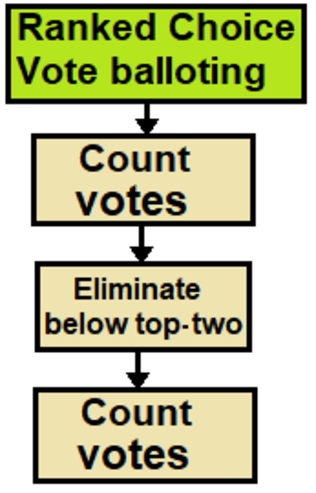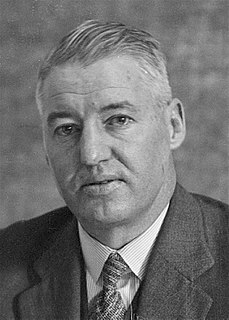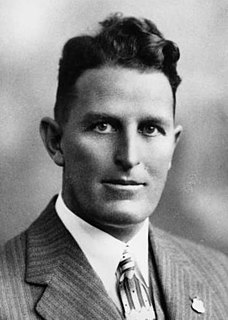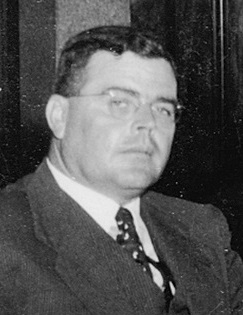| |||||||||||||||||||||||||||||||||||||||||
| |||||||||||||||||||||||||||||||||||||||||
All 72 seats in the Legislative Assembly 37 Assembly seats were needed for a majority | |||||||||||||||||||||||||||||||||||||||||
|---|---|---|---|---|---|---|---|---|---|---|---|---|---|---|---|---|---|---|---|---|---|---|---|---|---|---|---|---|---|---|---|---|---|---|---|---|---|---|---|---|---|
| |||||||||||||||||||||||||||||||||||||||||
| |||||||||||||||||||||||||||||||||||||||||
Elections were held in the Australian state of Queensland on 18 May 1907 to elect the 72 members of the state's Legislative Assembly. The election was the first one in which women had a right to vote.

Australia, officially the Commonwealth of Australia, is a sovereign country comprising the mainland of the Australian continent, the island of Tasmania and numerous smaller islands. It is the largest country in Oceania and the world's sixth-largest country by total area. The neighbouring countries are Papua New Guinea, Indonesia and East Timor to the north; the Solomon Islands and Vanuatu to the north-east; and New Zealand to the south-east. The population of 25 million is highly urbanised and heavily concentrated on the eastern seaboard. Australia's capital is Canberra, and its largest city is Sydney. The country's other major metropolitan areas are Melbourne, Brisbane, Perth and Adelaide.

The states and territories are the first-level administrative divisions of the Commonwealth of Australia. They are the second level of government in Australia, located between the federal and local government tiers.

Queensland is the second-largest and third-most populous state in the Commonwealth of Australia. Situated in the north-east of the country, it is bordered by the Northern Territory, South Australia and New South Wales to the west, south-west and south respectively. To the east, Queensland is bordered by the Coral Sea and Pacific Ocean. To its north is the Torres Strait, with Papua New Guinea located less than 200 km across it from the mainland. The state is the world's sixth-largest sub-national entity, with an area of 1,852,642 square kilometres (715,309 sq mi).
Contents
The election was the first held since Premier William Kidston, formerly of the Labour Party, had founded a new movement with his own supporters as well as the Parliamentary Conservatives. The end result of the election was an improvement in Kidston's position, although he was still in minority government with Labour support. The main opposition group was Robert Philp's Conservatives.

The Premier of Queensland is the head of government in the Australian state of Queensland.

William Kidston was an Australian politician and Premier of Queensland, from January 1906 to November 1907 and again from February 1908 to February 1911.

The Australian Labor Party , commonly known as Queensland Labor is the Queensland branch of the Australian Labor Party.













